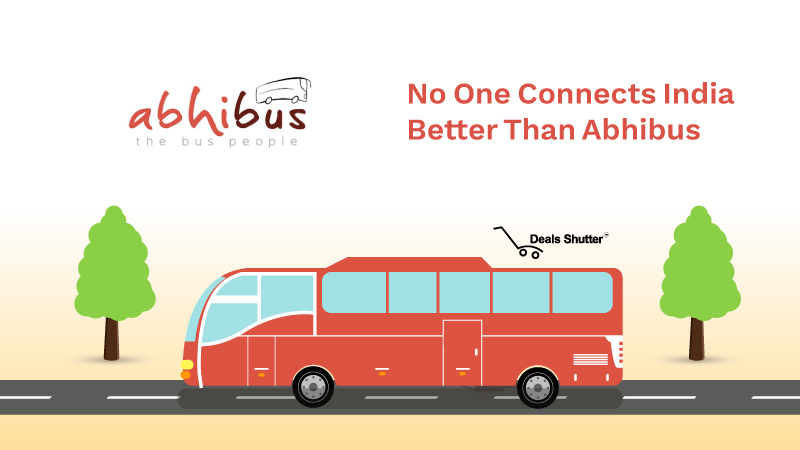The History Of Women’s Clothing
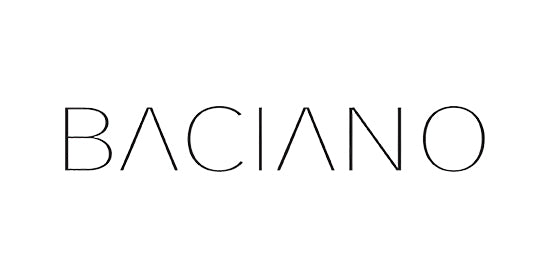
Credit: Valerie Birkel @Valilliia_bi
Clothes have been defining culture and social status for longer than we might think. This article will briefly walk you through different eras and significant milestones in the clothing world from the stone age until now.
Why only briefly? Because some cultures had better technologies and resources that others depending on their way of life and where they were from. To cover it all would lead us to a very long article. For more detailed information on this topic, there are articles to find on Google scholar or other scientific platforms. But here a basic orientation on the evolution on clothing and what they meant.
Stone Age:
Anthropologists believe, that even before the documentation of manufacturing of the first piece of clothing, humans used animal skins and fur to protect themselves from the cold, wind and rain. Where we can’t really name this fashion, the skins and furs technically can be described as clothing.
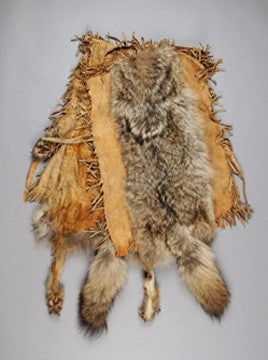
Ancient period:
Middle East and Asia:
Scientists could not yet determine in detail what people were wearing, but old statues and other founds lead to the conclusion that head art was a winner at that time. Men wore turbans and other hats, whereas women accessories themselves with elaborate headgears and intricate hairstyles. Even if we can’t generalize all the Middle East and Asian countries, it is safe to say, that there was made a difference in work clothes and fine clothes. Since work was very physically then, the clothes were designed without much effort and very practical. Non sewed robes with a hole cut out for the head and basic trousers were worn. A significant part of fine clothes was a waist belt, that many of the eastern cultures seemed to wear. The used fabrics at this time was probably felt, Hemp fibers, flax, reed and other natural materials.
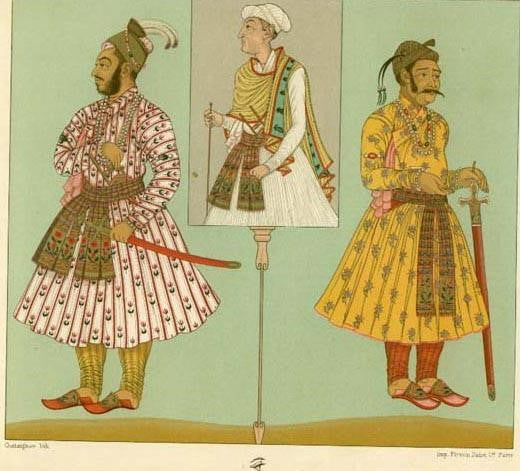
Classic Antique (Greece)
Cloaks and long wrapped garments like we know from movies are typical characteristics of a greek look. Inspired by the gods they believed in, the robes and garments were flowy and elegant. Over time, those garments developed from only being a piece of clothing that is wrapped around the body to cloaks and dresses with sleeves. A significant piece of the look were golden pins that held the garment together on top of one shoulder.

Iron age in Europe:
As we move further west, the clothing became more practical and warm. Wool robes, skirts and tunics. To protect the legs from the cold, people wore wool stockings. Whereas most of the clothes found by scientists were simple and unspectacular, some of them were decorated with dyed pieces of fabric, sewn on the tunics and skirts.

Medieval time:
In the early medieval times in Europe, clothing developed into two directions. People who identified themselves with the romanized population stuck to long cloaks and conservative clothing. People that were influenced by the invading cultures like the Franks, Anglo-Saxons and Visigoths started wearing tunics, belts and visible trousers. You could almost make a link between the way of dressing in the ancient Asian and Middle East and much later Medieval times in Europe.
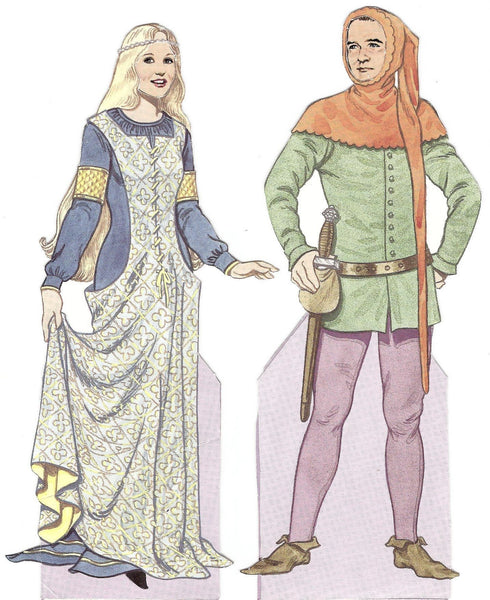
High middle ages:
In the 13th century, linen was introduced as material for clothes that are in direct contact with the skin. Different to wool, linen could be washed and bleached in the sun. Colors and patterns evolved and appeared on tunics, trousers, etc.
Later, other countries like China started importing silk to Europe, which was handled as a great luxury. The Italians started to manufacture their own silk and turned it into beautiful tunics and other clothing.
Straight seams were replaced by curved seams to emphasize the body. Also tailoring became known at that time, which allowed people to wear clothes that fit more tightly and body enhancing.
This was the beginning when clothes turned from practical into a statement. The better the clothes the higher the social status and liquidity. From there on, people used clothes to represent something.

Renaissance and early modern period:
In the Renaissance, the market for wool was booming.. From low quality like thick and scratchy to high quality like fine, soft and colorfully dyed. Colors that were used most were red, green, gold and blues. In Italy, embroidery developed quickly and silk could be bought with silver gilt wefts.
In the early modern period, Clothing styles started to change from country to country. In England and the Netherlands, protestants were following the traditional spanish style people. In italian and french courts, more light and revealing fashion could be seen. Germany was a big fan of ruffles.

Colonial period:
In this period, the formal versus home dress was introduced. People dressed up for formal occasions in silk and closed dresses. Less and less occasions called for a full dress and in the end, it died out entirely.
Later, hoops were introduced to fashion. First just small ones but progressively bigger. Marie Antoinette’s times called for almost 3 feet wide hoops to each side until a modern movement and interest in outdoor sports changed the trend to simplicity and democratization of dress. The American revolution led to an entirely new trend in dressing. White muslin gowns were in fashion.
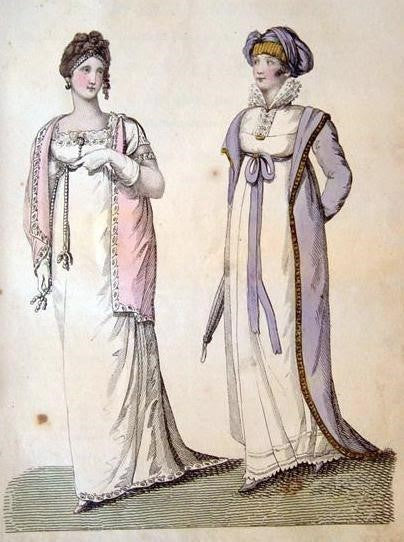
Industrial revolution:
Fashion, especially womens fashion, slowly went back to “normal”. Hoops were no longer worn. Simplicity counted again. Many women went to work at this time for clothing manufacturers. It was important to wear chic but practical. From there on, dresses became less pompous, shorter, less colorful. In the Art Deco period, half length skirts were introduced for the first time, as well as new ideas like the sweater for men.
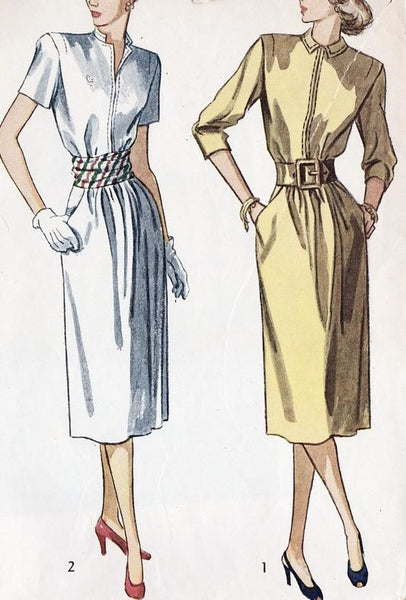
Mid Century:
From the 50 until today, clothing made the evolution from skirts and dresses to jeans and t-shirt. Fashion is still used for representative purposes but as we progress, people are taking interest in equality and are not as interested in dividing classes anymore. Fashion became more then ever a tool to express yourself and live out, who you want to be. We at Baciano support this goal and are happy to provide women with contemporary fashion.




